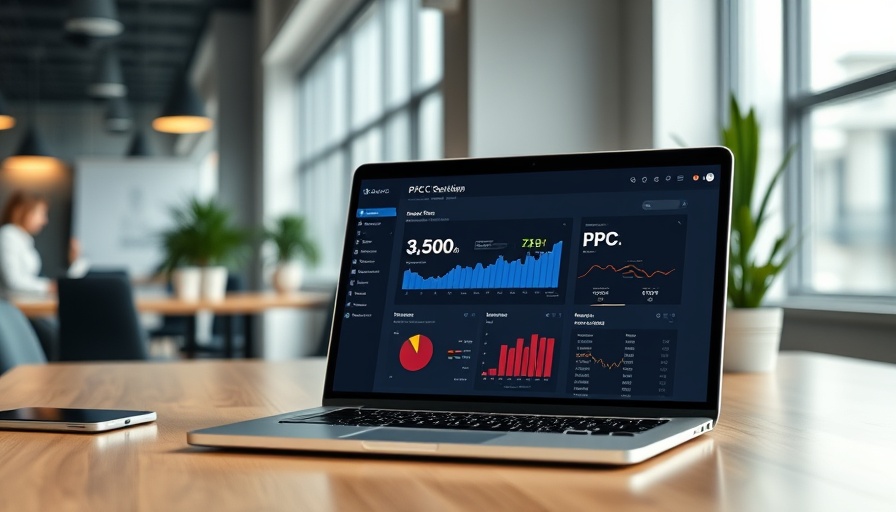
Understanding Click Spoofing: A Hidden Threat in PPC
In the world of digital marketing, pay-per-click (PPC) advertising offers an effective way for businesses to reach potential customers. However, there's a growing concern known as click spoofing that threatens to undermine these efforts. Click spoofing occurs when malicious actors generate false clicks on ads, leading to inflated costs for businesses and skewed analytics. Marketers and business owners need to grasp the implications of this issue and the strategies to defend against it.
The Mechanics of Click Spoofing Explained
At its core, click spoofing involves manipulating ad clicks using automated bots, scripts, or even human click farms to generate fake traffic. According to recent reports, these fraudulent activities can result in losses of billions for advertisers globally. Businesses unwittingly pay for these false engagements, which not only depletes their budgets but also distorts key performance metrics. Understanding how this threat operates is crucial for implementing effective countermeasures.
Why Protecting Your PPC Campaigns is Crucial
With the rise of online competition, maintaining effective PPC campaigns is more important than ever. Click spoofing can severely impact your return on investment (ROI). Marketers often track conversions closely, but if fake clicks inflate the data, decisions made based on these insights can lead to misguided strategies. For instance, spending more on a campaign that appears successful due to fraudulent clicks can drain resources that might be better allocated to fruitful efforts.
Tools and Techniques to Combat Click Spoofing
To safeguard PPC investments from click spoofing, businesses can employ several tools and techniques:
- Use Click Fraud Protection Tools: Tools like ClickGuard or Fraudlogix can help detect and prevent fraudulent clicks.
- Implement IP Exclusions: By regularly updating and excluding IP addresses that show suspicious behavior, businesses can filter out bad traffic.
- Monitor Traffic Sources: Regularly analyzing your traffic sources helps in identifying unusual patterns that could indicate click fraud.
Establishing Comprehensive Analytics
Having a robust analytics framework allows marketers to differentiate between genuine and fraudulent interactions. This includes setting up anti-fraud measures within Google Ads and integrating comprehensive data analysis to track click patterns and source behavior. Using tools like Google Analytics, marketers can gain deeper insights into their traffic and optimize their campaigns accordingly.
Future Predictions for Click Fraud Prevention
The digital marketing landscape is constantly evolving, and so are the tactics employed by those trying to exploit it. As technology advances, predictive analytics powered by artificial intelligence may play a pivotal role in identifying and addressing click spoofing more effectively. Businesses that adapt to these changes and invest in innovative solutions will likely maintain a competitive edge.
A Call to Action for Marketers and Business Owners
Given the prevalence of click spoofing, it's crucial for marketers and business owners to take proactive measures. Ensure you are monitoring your PPC campaigns regularly and implementing the recommended tools and techniques to protect your investments. The costs of ignoring this threat can be substantial, and staying informed is your first line of defense.
 Add Row
Add Row  Add
Add 




Write A Comment